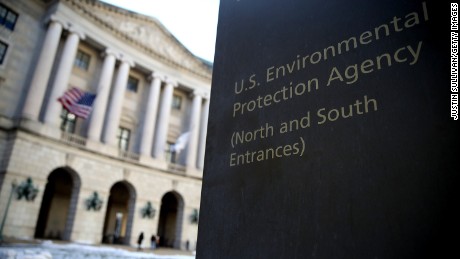
EPA Headquarters, Washington DC
EPA to Propose Maintaining Existing PM Standards
April 13, 2020
The US Environmental Protection Agency (EPA) is expected to announce today their proposal to maintain without revision the existing primary and secondary National Ambient Air Quality Standards (NAAQS) for particulate matter (PM) as protective of clean air, human health, and the environment. The key points of the anticipated announcement are:
- U.S. air quality continues to improve dramatically while the U.S. has seen unprecedented economic growth.
- The current standard protects our environment and the health of American citizens without placing additional burdens on communities.
- EPA considered the latest scientific evidence and analyses as well as the advice of the Clean Air Scientific Advisory Committee in making the PM NAAQS.
The Clean Air Act requires EPA to set national standards for six “criteria pollutants” – one of those being PM. PM refers to a wide range of particles (dust, soot, smoke, etc) that enter the air from a variety of sources. PM is delineated into two categories based on size, fine PM (PM2.5) and coarse PM (PM10). The law requires EPA to periodically review PM standards and revise them, if appropriate, to ensure that the standards provide the requisite protection for public health and welfare and are consistent with the best available science. The last review of the PM standards was completed in 2012, and EPA revised the level of the primary annual PM2.5 standard from 15.0 to 12.0 micrograms per cubic meter of air (µg/m).
Since 1970, implementation of the Clean Air Act, along with technological advances from American Innovators, have dramatically improved air quality in the U.S. According to EPA:
- From 1970 to 2018, U.S. criteria air pollutants fell 74 percent while the economy grew 275 percent.
- The U.S. has some of the lowest fine particulate matter levels in the world, more than five times below the global average and seven times below Chinese levels, and well below France, Germany, Mexico and Russia.
- As a result of Clean Air Act programs and efforts by state, local and tribal governments, as well as technological improvements, average PM2.5 concentrations in the U.S. fell by 39 percent between 2000 and 2018 while average PM10 concentrations fell by 31 percent during the same period.
